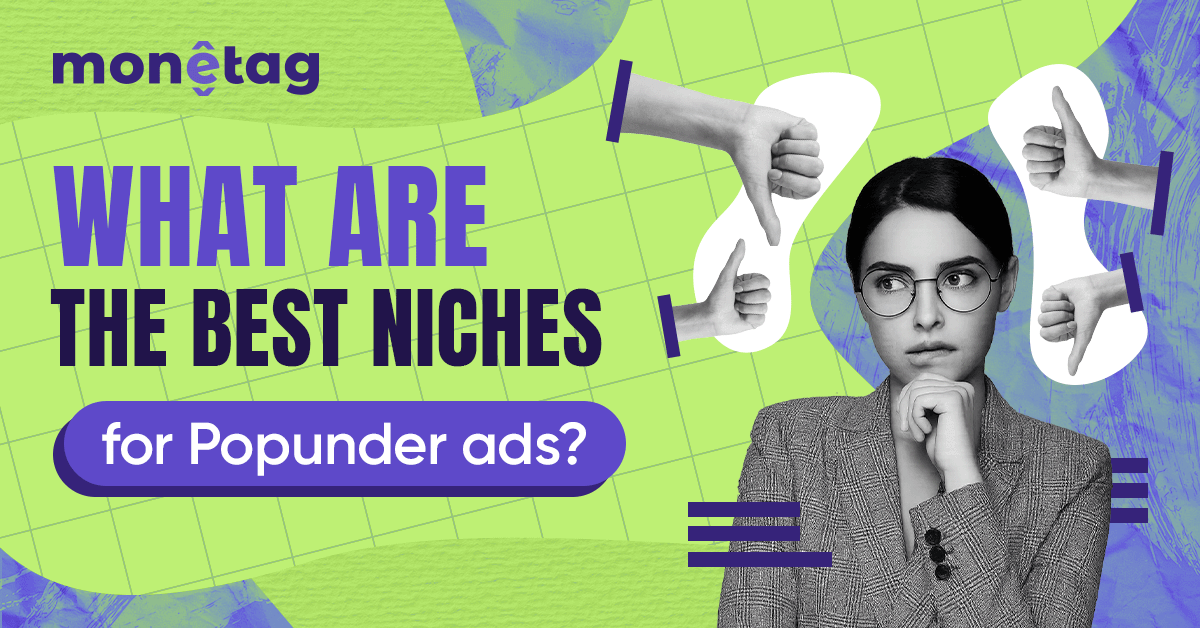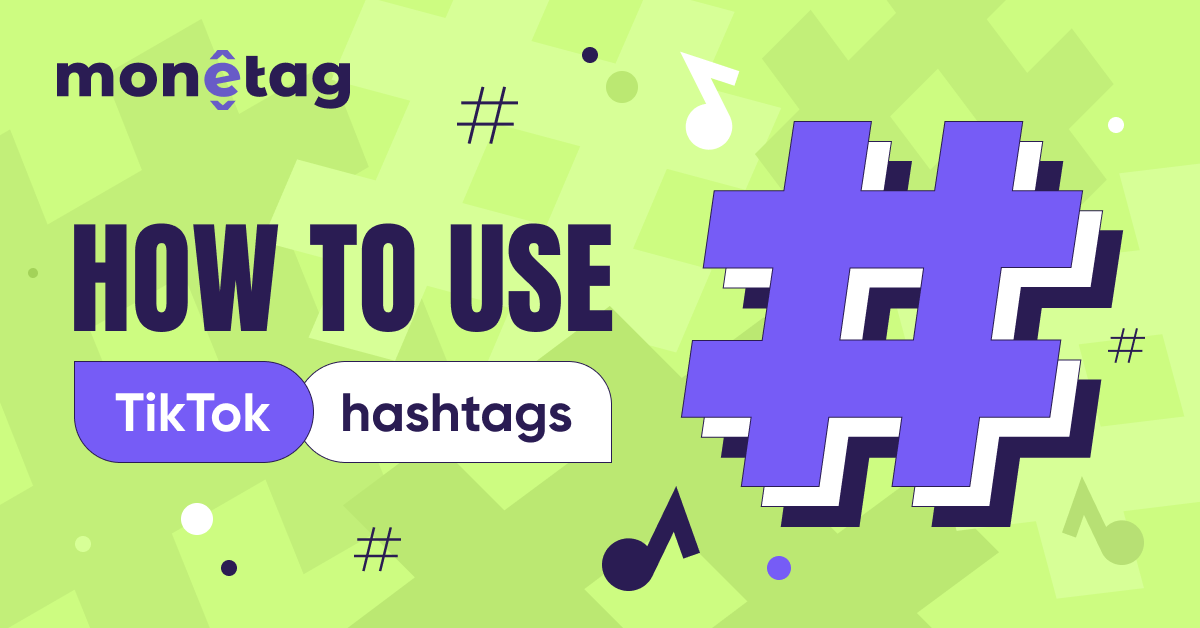| Factor | Popunder Ads | Push Notifications |
|---|---|---|
| Ad Format | Opens the advertiser’s landing page in a new tab/window | Sends a notification (browser or system-style) to the user |
| User Interaction | The ad page is shown instantly | The user clicks the notification to see an ad offer |
| Visibility | More visible and can drive quicker conversions | Considered softer and very user-friendly |
| User Permission | Not required | Required |
| Integration | Simple script implementation on the website | Easy setup as well, requires user opt-in subscription |
Popunder Ads vs Push Ads: Which Revenue Stream Fits Your Site?
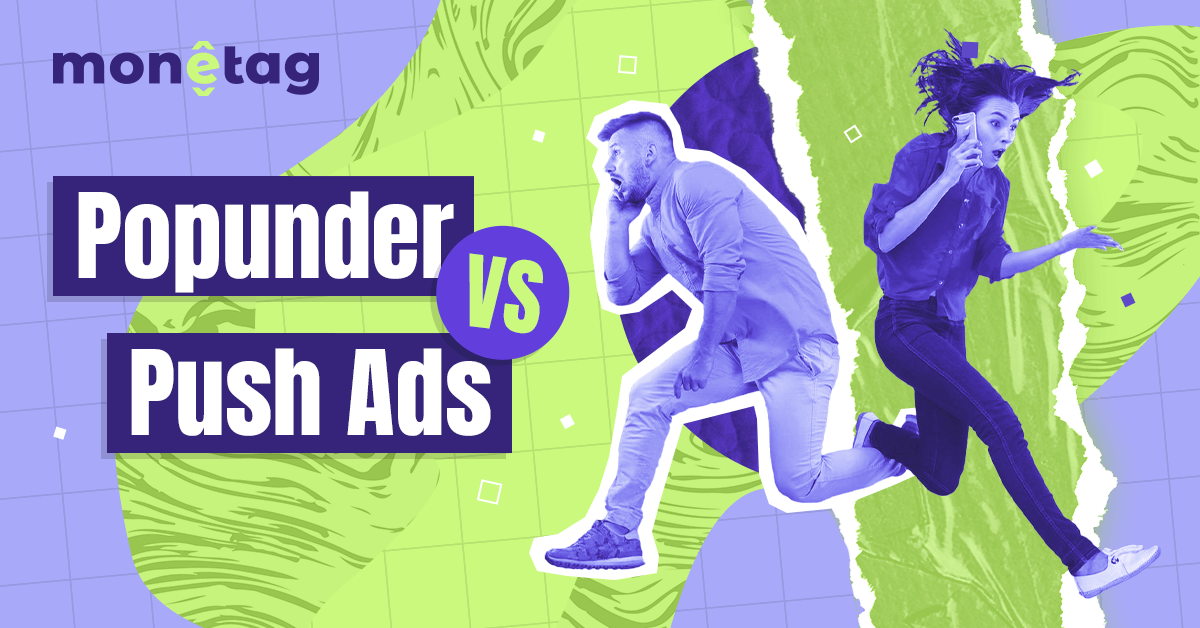
You know what’s funny? Publishers constantly face the same dilemma: “Should we go with popunder ads or push notifications?” And honestly, it’s not a simple answer.
Both ad formats can generate serious revenue. But they work quite differently. One happens behind the scenes while users browse. The other requires permission upfront and reaches users even when they’re not on your site.
Here’s everything you need to know about popunder vs. push ads so you can make the right choice for your website.
What Are Popunder Ads Exactly?
Picture this: someone visits your site, clicks around for a bit, then closes their browser tab. At that moment, an ad window opens in the background, waiting to be noticed. That’s a popunder ad.
Here is what it looks like (on the example of Monetag):
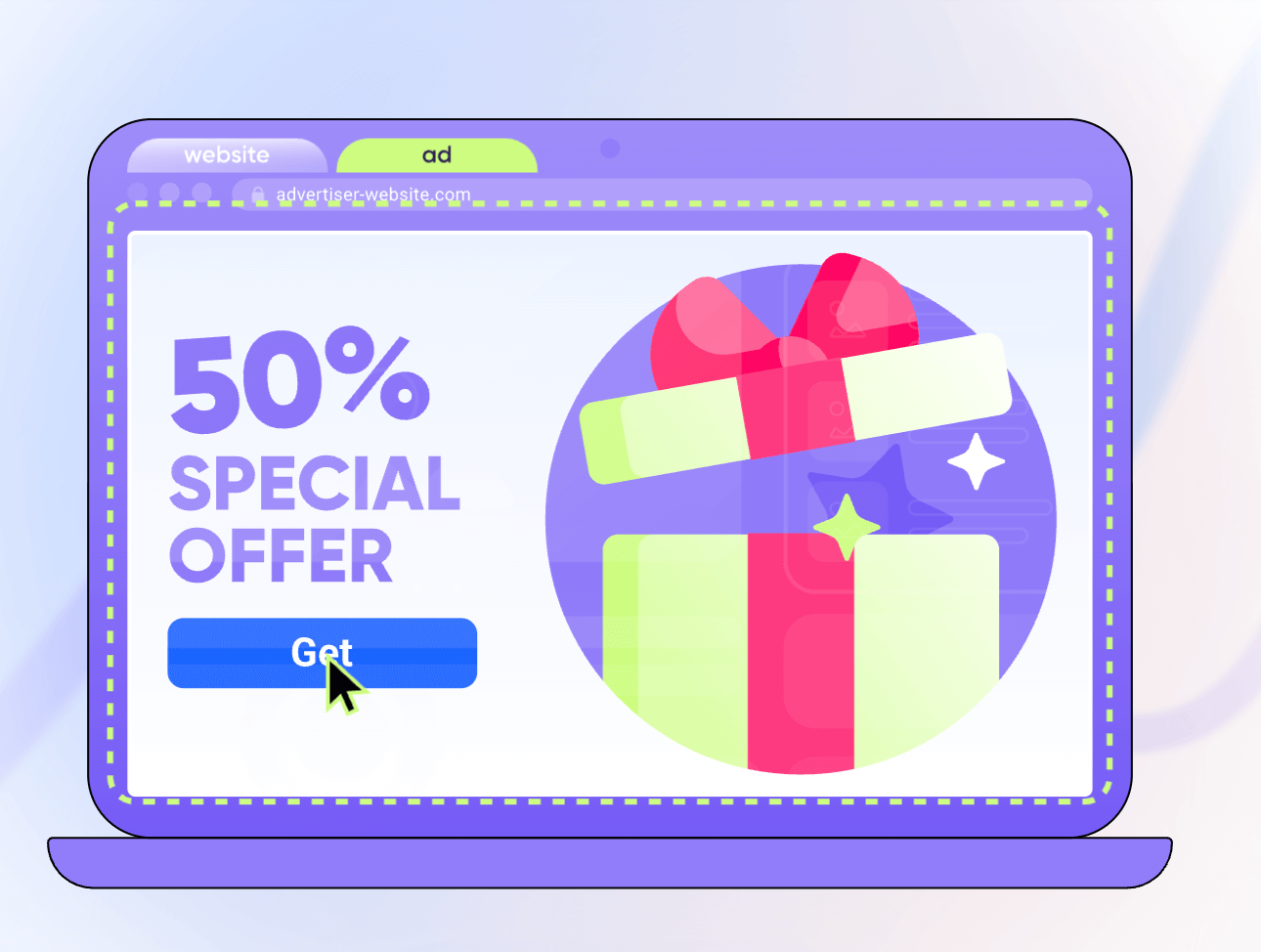
These ads appear underneath the main browser window and are revealed when users close or minimize their current tab.
Most popunder campaigns focus on high-converting offers. Think gaming platforms or software downloads. The logic is simple: if someone’s going to notice your ad after browsing, it better be compelling enough to grab their attention immediately.
The technical side is straightforward, too. A small JavaScript code snippet handles everything. When someone visits your page, the code triggers a new window to open behind their current session. No complex setup required.
But here’s where it gets interesting. Popunder ads work best on sites with engaged audiences who stick around for a while. News sites, blogs, and entertainment platforms tend to perform well because users spend meaningful time on the pages.
Understanding Push Notification Ads
Push ads are a completely different beast. They’re those little notifications that pop up on someone’s desktop or mobile device, even when they’re not browsing the web.
Here is what it looks like (on the example of Monetag):
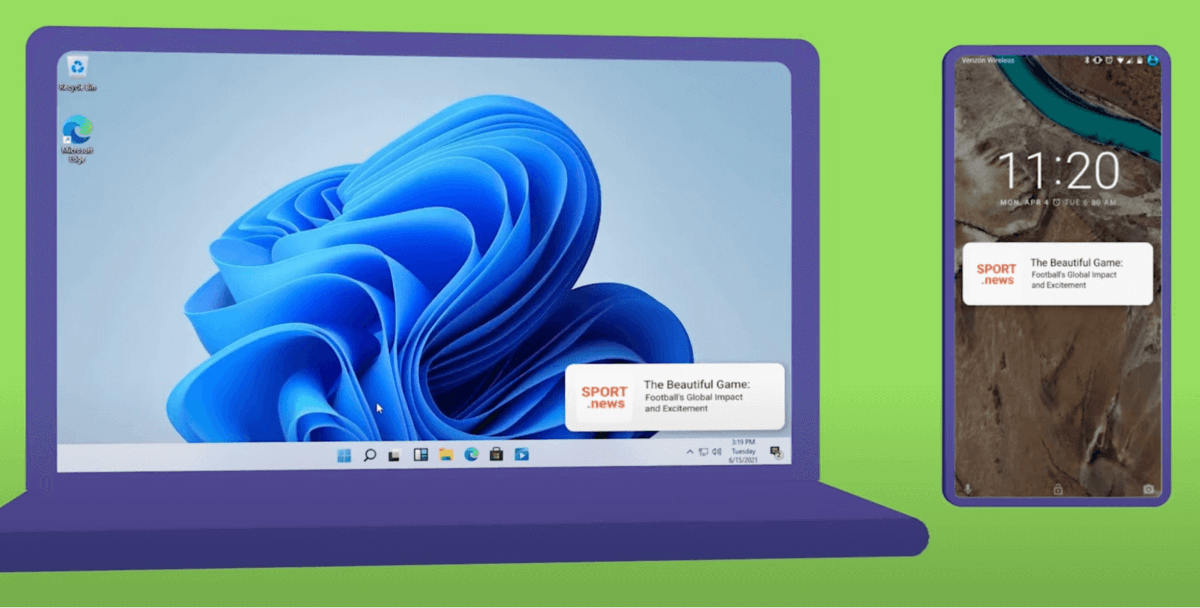
First, users have to give permission. There’s no getting around this. When someone visits a push-enabled site, they’ll see a browser prompt asking if they want to receive notifications. Only after clicking “allow”, Monetag can start sending them ads.
The beauty of push notifications lies in their reach. Someone might visit your site once, subscribe to notifications, and then see your ads for months afterward. Your ads can appear on their screen even when they’re watching Netflix or checking email.
Key Characteristics: Popunder Ads vs Push Ads
User Experience: The Make-or-Break Factor
Both ad formats have unique advantages, and users interact with them in different ways.
Popunders don’t interrupt the on-site experience. Visitors can enjoy your content without distractions, while the ad quietly waits for the right moment to catch attention. Many publishers value this balance — Popunders stay out of the way yet remain highly effective.
Push notifications, meanwhile, are straightforward and transparent. Users themselves choose to subscribe, which means they are open to receiving ad messages. For publishers, this creates a channel that feels both direct and trusted.
That’s why many choose to combine both formats. Popunders provide discreet but powerful monetization without disturbing site sessions, while push notifications build an engaged audience and a stable stream of income.
Traffic Quality and Targeting Considerations
Both ad formats shine in different scenarios, depending on your traffic sources and audience profile.
Popunders are a proven choice for high-volume, broad-appeal content. Entertainment platforms, viral media, and casual gaming sites often see strong results because users are in a browsing mood and open to exploring new offers. The key strength of popunders is that they deliver exposure without disrupting the on-site experience — the ad appears separately, keeping your content front and center.
Push notifications, on the other hand, make a powerful format for super user-friendly UX, as they don’t take any space on the website.
In short, both formats are powerful in their own way — popunders for volume and broad reach, push notifications for precision and long-term engagement.
Making the Right Choice for Your Site
So which format should you choose? It depends on several factors that are specific to your situation.
- Consider your audience first. Are they casual browsers or focused professionals? Do they visit your site regularly or just once? Professional audiences often respond better to permission-based advertising like push notifications, while casual entertainment sites might see better results with popunders.
- Think about your content strategy too. If you publish daily content that brings users back regularly, push notifications can work extremely well in the long term.
But if your site relies on viral or one-time traffic – maybe you create viral videos or trending content – popunders might generate more immediate revenue since you can’t rely on users returning to see push notifications.
Many successful publishers actually use both formats strategically. They might use push notifications for a steady income stream while implementing pop-ups for casual traffic and cashing in on traffic spikes. It’s not necessarily an either-or decision.
Wrapping Up the Popunder vs Push Decision
Here’s the bottom line: there’s no universally correct choice between popunder ads vs push ads. The right answer depends on your specific situation, audience, and business goals.
Popunders offer immediate revenue with minimal setup but might not be the first choice for some types of websites. Push ads require more work upfront but can generate higher long-term revenue and better user relationships.
The recommendation? Test both formats if possible. Start with a small implementation, monitor performance carefully, and scale what works for your specific audience and content strategy.
Whatever you choose, focus on implementation quality over aggressive tactics like extreme ad frequencies. Users will tolerate advertising that feels reasonable and relevant, but they’ll abandon sites that prioritize ad revenue over user experience.
The most successful publishers find ways to balance revenue generation with audience satisfaction. Whether that’s through thoughtful popunder implementation or carefully managed push notification campaigns, the key is always putting your users’ experience first.

